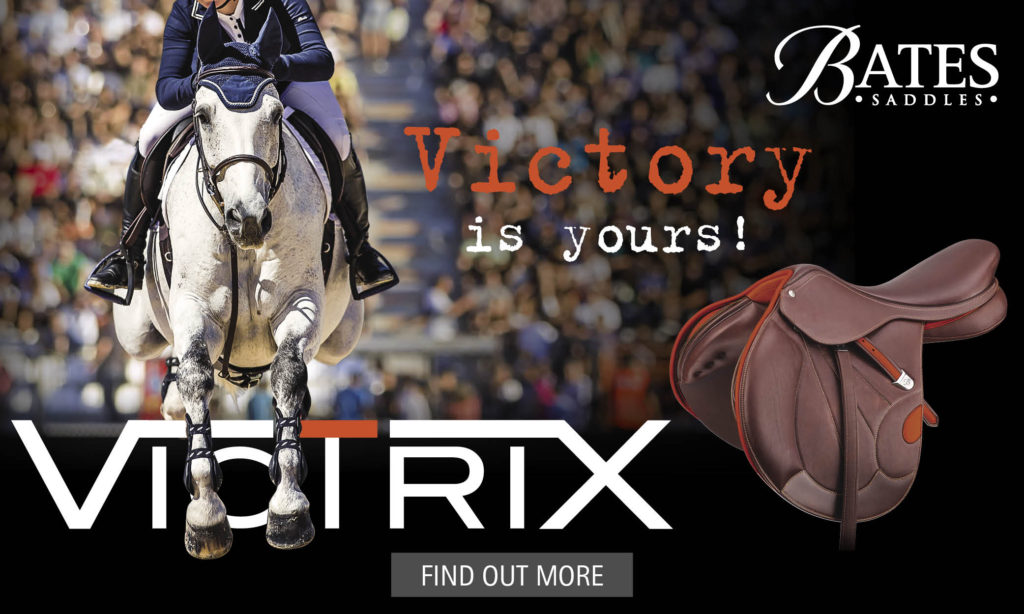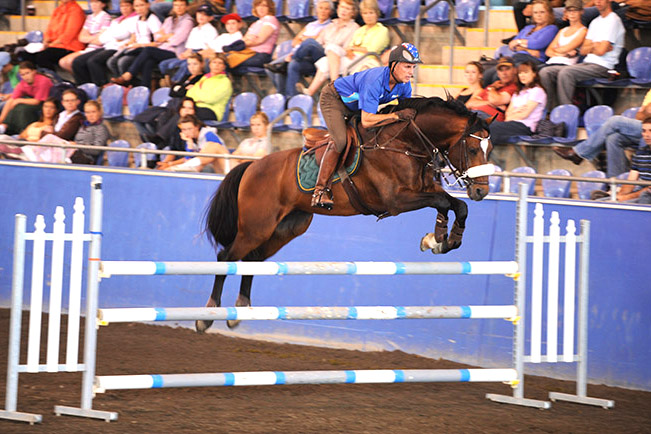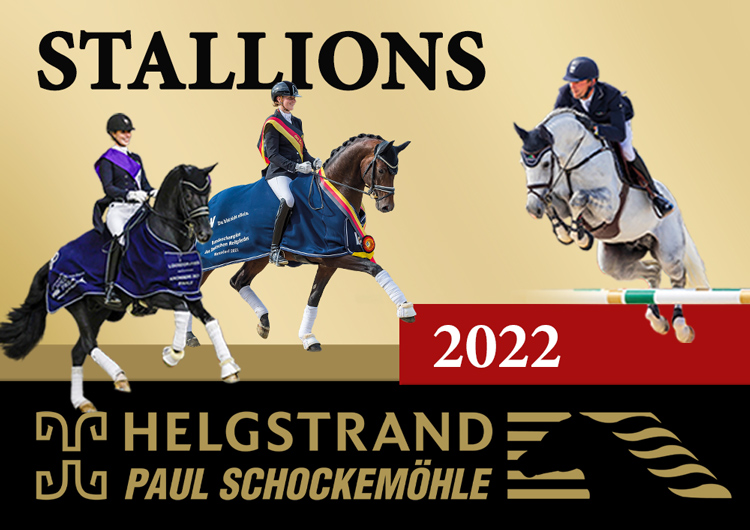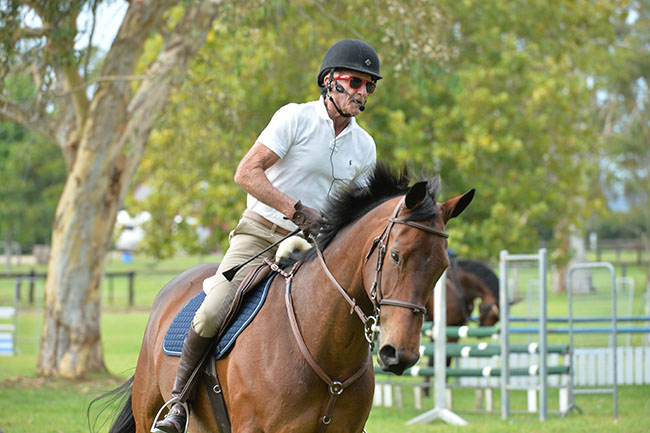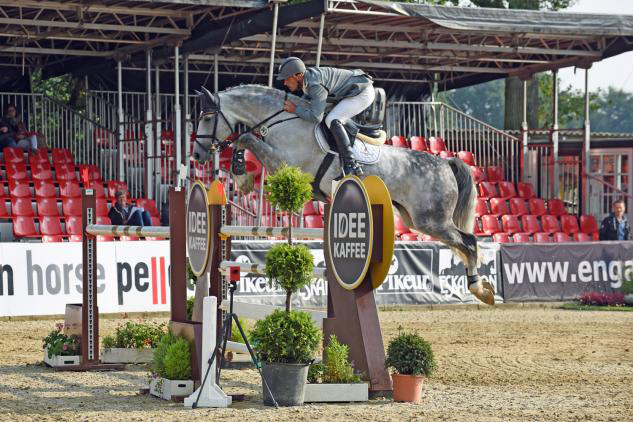
A Clinic with George Morris and some of Australia’s experienced riders at the Sydney Equestrian Centre, join in…
This time, the big kids have come out to play: Paul Athanasoff and Wirragulla Nicklaus, the stallion he took to final European selection trials prior to the Hong Kong Games, Colleen Brook and her World Cup ride, Poet’s Corner, Chris Chugg, and the Olympic reserve horse, Vivant, Amanda Madigan and the imported, Alondra, Jenny Sheppard on the imported Licara R and Vicki Roycroft on her import, Infatuation.
There is quite a crowd in the gallery, and George blends clinic and public lecture, starting with the stages of training.
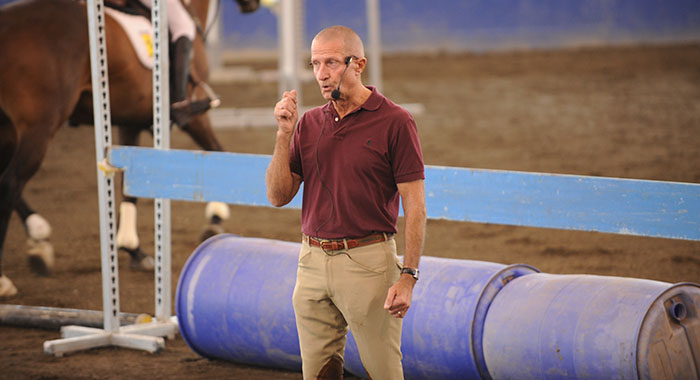
He told them:
“The first is conditioning the horse. This is not dressage, it is just getting your horse fit to be worked. Next is proper dressage – getting the horse from back to front, not front to back. Most use draw reins and work from front to back and end up with croup high horses with their legs out behind. This is anti-dressage.”
“One great asset is cavalletti work and most people do that very well. Cavalletti is the bridge between conditioning and dressage. There’s no jumping so there’s no concussion, but you are still teaching jumping. Then we move on to exercises, gymnastics, grids, grids, grids – straight grids, bending grids.”
“We start with simple things and work to the complex. Walk, trot, halt and frequent changes of direction. Watch that the horse is working from the back to the front. Is that hind leg active? Is it tracking the front leg? Is the croup starting to come down? Is the back starting to come up under the rider’s seat? Is the wither coming up?”
“Riding horses in the rolkur position is absolutely contrary to real riding. That was never permitted in the old days – that is just getting horses rubber necked. I hate rubber necks on horses. The neck must be quite stiff and attached to the shoulder, so I can control the horse’s body. The horse’s highest point must be the poll, with the jaw soft.”

And while everyone is concentrating on their simple work, Chuggie is doing a bit of renvers, travers with Vivant: “Chugg is getting a bit complex, he’s an eager beaver. I wasn’t, I didn’t have much talent, and I had to wait for the horse.”
“The first step to submission is to ride on a shorter rein, and the horses have to accept the contact. Bend the horse – the horse’s whole body not its neck- and the inside hind leg comes up and under, the croup starts to drop, and the wither grows into the rider’s chest. The great beauty of lateral work is engagement. If the horse is stiff on your leg, it will be stiff on the rein.”
“Once you carry your hands, the horse accepts contact. Inside leg to outside rein, this is not new; these are ancient principles. These great principles will last forever. Principles don’t change because the mechanics of the horse don’t change.”
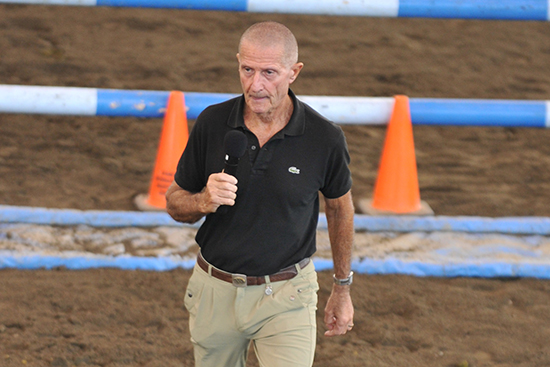
Now often the name of the game is to get it done, no matter what it looks like. Riding, to me, has always been much more than that. And I salute those who still keep those ideals in sight. Win, yes, but do it with style and class.
(George H. Morris – Because Every Round Counts, p 233)
more wisdom from George follows
The exercise is a simple one, over a little vertical, turn right around the witch’s hat, curve back to another vertical, over that, left around another witch’s hat, and curve back to the first jump, making a figure of eight.
“After the jump, on the circle, if you feel resistance to the inside leg, push to the outside rein. Give, take, play with the inside rein. If your rein is too long, you lose the contact, too short and you choke the horse. Be very strict about your weight distribution, into your stirrup and into your heel. After the last jump, do another circle and enlarge the circle. Yesterday we narrowed the circle, today we’ll enlarge it. The horse has to come into self carriage, something rarely seen in dressage today.”
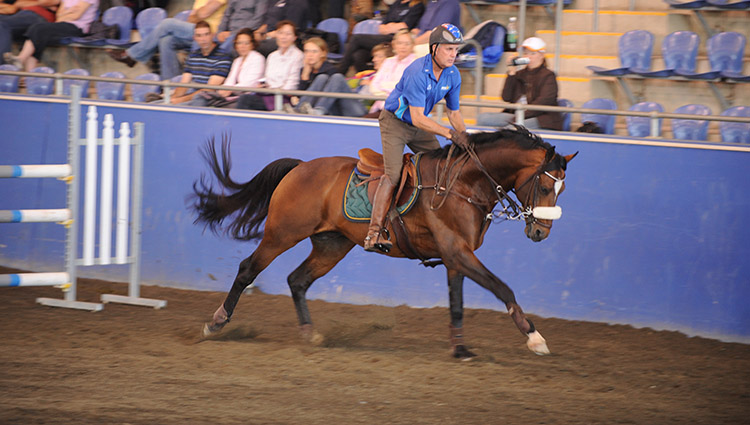
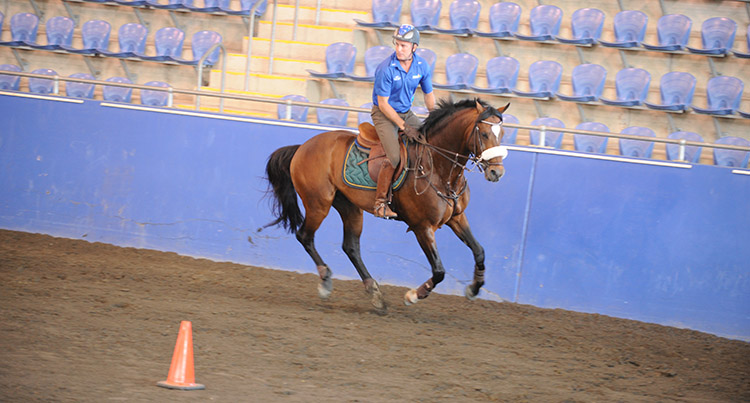
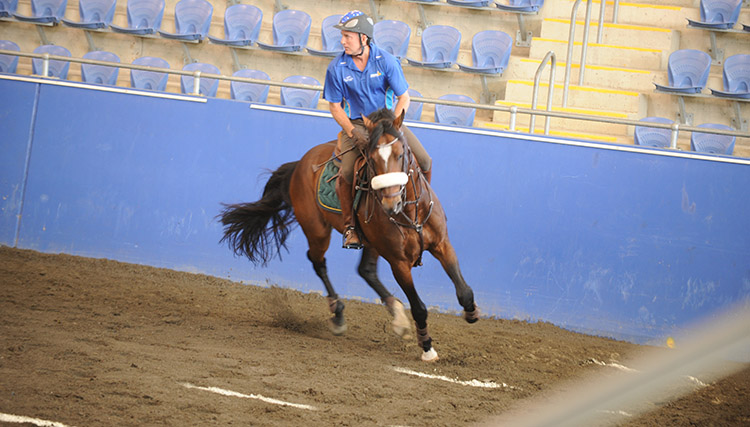
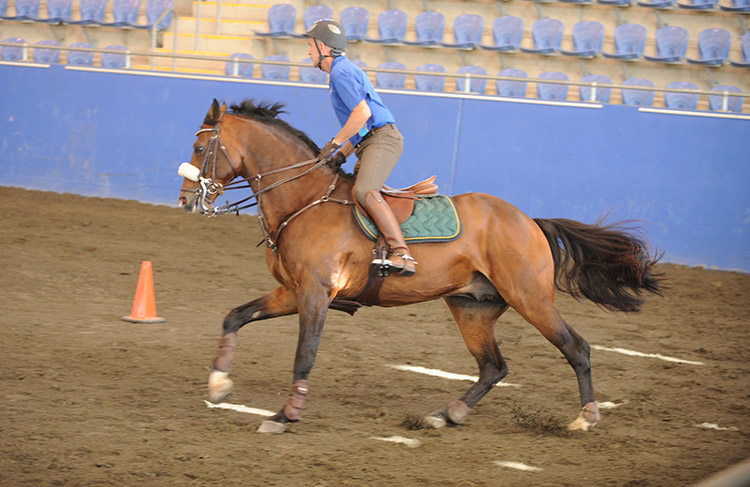
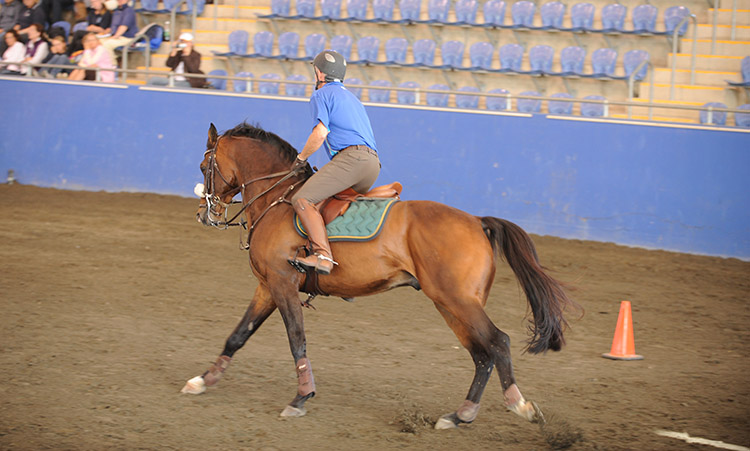
Riders who kicked their horses were in deep trouble: “If you have to kick your horse it is not in front of your legs. Attack with the spurs or tap with the whip, but you have to give with your hands, you can’t clash the aids.”
This time Chugg was being praised: “Chris Chugg’s great trademark is looseness and relaxation. He’s in a very forward seat, very loose, and he waits to the base of the jump. This system doesn’t work unless you gallop to the base and get the bascule. Chugg teaches the horse to set himself up. Good horsemen do it for the horse, great horsemen teach the horse to do it himself. Think of Rembrandt at the Olympics in Barcelona, you didn’t see Nicole Uphoff. That is the Holy Grail of riding, self-carriage, that is the stratosphere of equestrian sport.”
And woe betide the rider who let his or her foot slip in the stirrup: “Put the stirrup closer to the toe and brace against the stirrup. There isn’t grey in riding, it’s either black or white.”
It is also important to appreciate the relationship between the rider’s security, the horse’s freedom of movement, and the length of stirrup. The longer the stirrup, the longer the rider’s leg and deeper his seat, thus increasing a horse’s burden when working at fast paces or over jumps. Shortening the stirrup, conversely, shortens the rider’s leg and lightens his seat, making the rider less secure, but the horse freer to gallop and jump.
(George Morris, Hunter Seat Equitation, pp 5-6)
“I want you to jump the fence, then through the short side and lengthen a little on the long side, then collect a little, jump the vertical and then the oxer, then when you land turn your horse into the corner and halt.”
Just when you think the riders are learning as a result of all the verbal imput, another realisation hits, George Morris is a master of setting up lines so that the jumps themselves were improving the form. Now the riders had to ride a tough turn on to a wall, three strides to an oxer, then six to a vertical.
“This vertical gets your shape back, go deep and get the shape, because next we are going to add a triple on the other long side. This is the Frank Rothenberger special from Aachen and it is very popular at all the European shows. A triple bar to an oxer to a gate.”
Added to this was an oxer on the curve and with a sharper turn to a liverpool.
When Amanda’s mare Alondra has the rail down at the Liverpool, she has to repeat the jump: “Do it exactly the same, let the horses teach themselves. She got to a super spot but you have to support with your leg.”
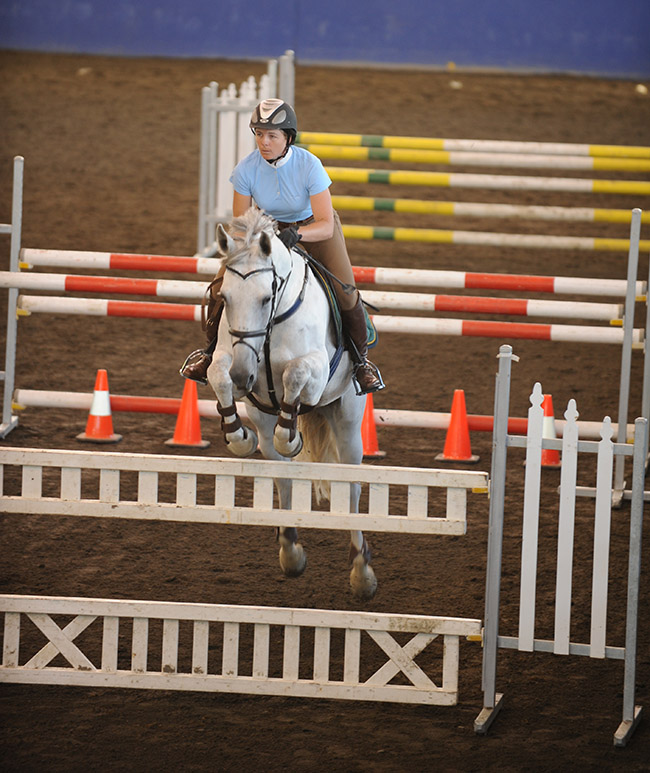
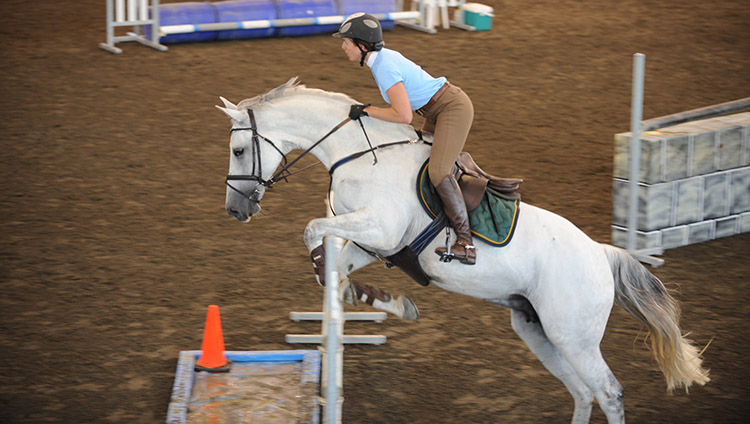
They jump it beautifully. “Do it again. Do it again. Aah, I’m happy. You mustn’t over jump, but as a horseman, if you ask you have to be satisfied with the response.”
“I get paid to do not a lot, just say STOP. When most of the teams got to the Hong Kong Games, they had beaten themselves. They had sore horses, sour horses. Our team didn’t jump after Aachen, we got to Hong Kong fresh.”
And don’t think the exercise is over when it is finished: “Stop a horse properly. Don’t drop your hand on the wither. You are always schooling, every halt is important because that is the half halt. The horse stops UPHILL not downhill. Lots of riders, particularly the eventers, stop exactly wrong. You stand up in the stirrups, and drop your hands and stop somewhere in New Zealand. That stop will be your dressage stop, stop properly every time.”
Deciding which stallion to choose for the next breeding season? Consider Diacontinus. Available in Australia from www.ihb.com.au
This article was originally published in the August 2009 edition of The Horse Magazine



